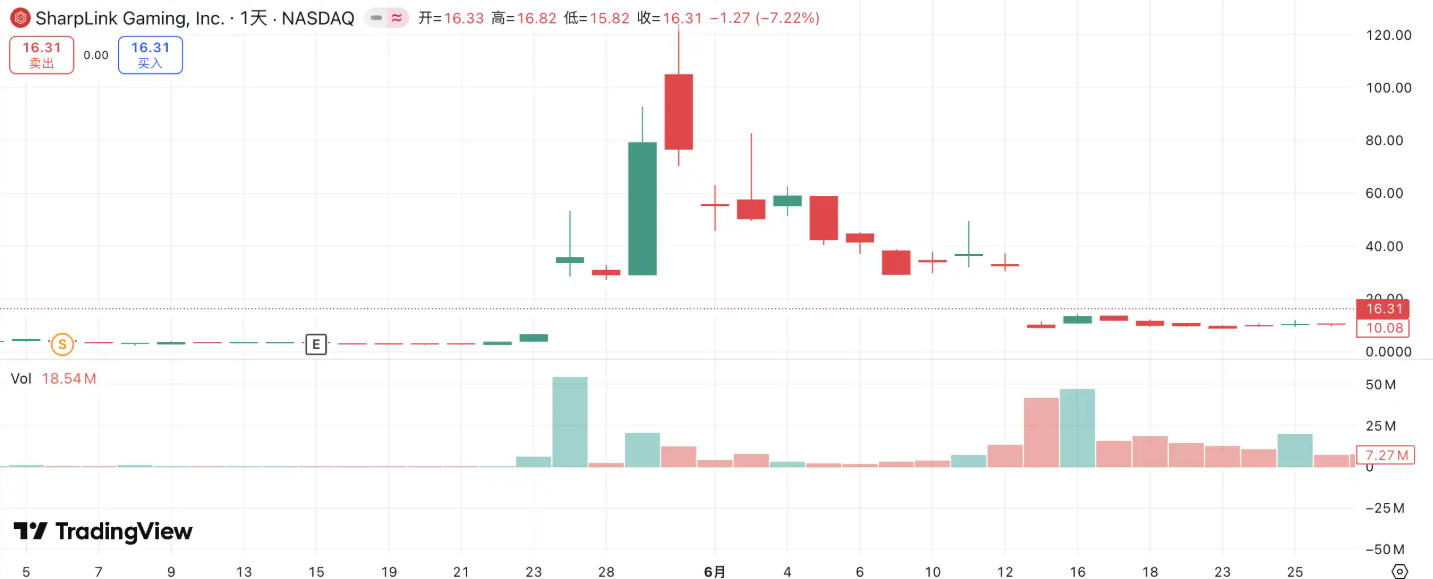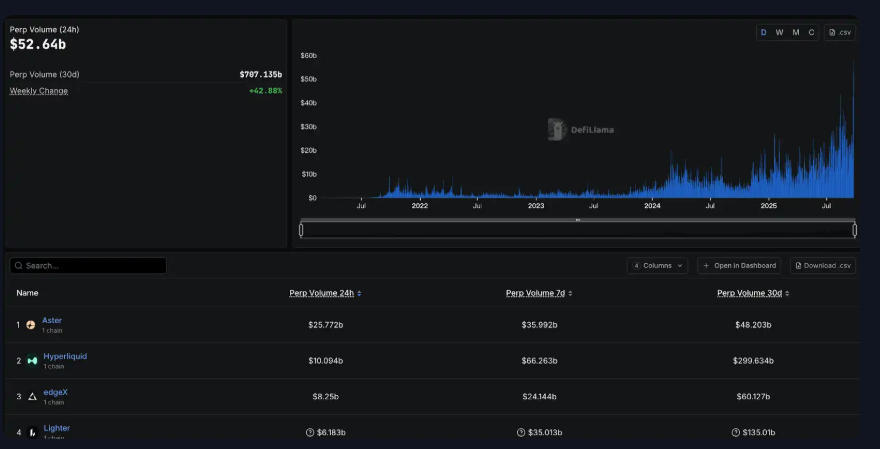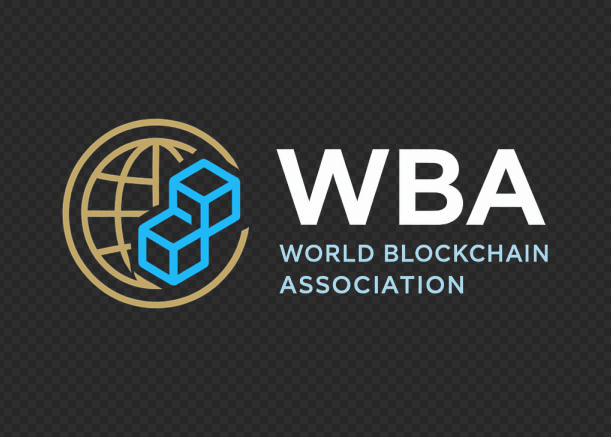
September 26, 2025
Estimated Reading Time: 11 minutes
Introduction
The World Blockchain Association (WBA) reports that the U.S. Securities and Exchange Commission (SEC), together with the Financial Industry Regulatory Authority (FINRA), has launched a sweeping investigation into more than 200 publicly listed companies that recently announced Crypto Treasury Allocation (DAT – Digital Asset Treasury) strategies. Regulators allege that these companies may have engaged in questionable practices, citing unusual stock price movements that occurred just before official announcements of their cryptocurrency-related treasury plans.
This marks one of the most significant regulatory interventions yet into the growing trend of corporations holding Bitcoin, Ethereum, and other cryptocurrencies on their balance sheets. While some analysts argue the DAT model is reshaping corporate finance in the Web3 era, others warn that it may conceal risks of speculation, insider trading, and systemic instability.
The Rise of the Crypto Treasury Model
Since MicroStrategy first shocked Wall Street by converting corporate cash reserves into Bitcoin, the concept of the Crypto Treasury has spread rapidly across U.S. equities markets. For many small and mid-cap companies with limited growth prospects, acquiring Bitcoin, Ethereum, or even tokens tied to DeFi ecosystems provided a new narrative that attracted investors hungry for cryptocurrency exposure.
Data from Architect Partners indicates that as of September 2025, more than 212 companies have pledged to allocate over $102 billion into digital assets, including Bitcoin (BTC), Ethereum (ETH), Solana (SOL), Binance Coin (BNB), and even emerging tokens linked to NFT and DAO ecosystems.
Some firms, such as Bitmine and SharpLink, saw their stock valuations multiply several times over simply by announcing such strategies. This wave of financial engineering fueled speculation that Tokenization of balance sheets could become the next corporate finance revolution.
But behind the euphoria lies a structural fragility—one that regulators are now beginning to target.
Understanding the DAT “Flywheel”
The World Blockchain Association explains that the financial logic of DAT companies revolves around a feedback loop tied to mNAV (market-to-net asset value ratio).
- When a company’s market capitalization trades at a premium (mNAV > 1) relative to the digital assets it holds, it can raise additional capital by issuing new shares.
- That fresh capital is then deployed to acquire more Bitcoin, Ethereum, or Stablecoins, which boosts the company’s NAV and further strengthens the market narrative.
- As investor confidence grows, the stock price rises again, enabling further fundraising and acquisitions.
This positive feedback loop—a “crypto treasury flywheel”—mirrors the reflexivity that has driven corporate titans like MicroStrategy to continuously accumulate Bitcoin without severely diluting shareholders.
However, the model carries a dangerous downside. When mNAV converges toward or falls below 1, the cycle flips into reverse. Instead of raising funds to expand digital holdings, companies face dilution risks, declining confidence, and liquidity shortages. If cryptocurrency markets simultaneously correct, this spiral can quickly collapse, erasing billions in equity value.
As WBA points out, while some firms such as MicroStrategy remained committed to holding Bitcoin through downturns, most DAT participants—particularly small-cap firms—lack stable core businesses and could be forced into panic-selling, triggering broader market instability.
Insider Trading Concerns
The SEC’s crackdown is not merely about speculative risk but also about market integrity.
For instance, SharpLink Gaming announced on May 27, 2025, that it planned to allocate $425 million into Ethereum. On the day of the announcement, its stock price spiked to $52. Yet trading activity had already surged five days earlier, with the stock climbing from $2.70 to $7 before any official disclosure.
A similar pattern emerged with MEI Pharma, which revealed a $100 million Litecoin treasury plan on July 18. In the days leading up to the announcement, its stock nearly doubled without any formal updates.
Comparable cases at Mill City Ventures, Kindly MD, Empery Digital, Fundamental Global, and 180 Life Sciences Corp. have raised suspicions that sensitive information was leaked before public disclosure. The SEC and FINRA’s joint investigation is now examining whether insider trading or selective information sharing played a role in these abnormal price movements.
Can the DAT Narrative Survive?
Despite heightened scrutiny, many analysts believe the Digital Asset Treasury model still represents a powerful new corporate narrative in the era of Web3.
Arthur Hayes, an advisor to Upexi (dubbed the “Solana MicroStrategy”), argues that DAT strategies will continue to shape financial markets. Yet he acknowledges that in each blockchain ecosystem—whether Bitcoin, Ethereum, or Solana—only one or two firms are likely to emerge as dominant players.
- Bitcoin Treasury Leadership: MicroStrategy remains the benchmark, attracting institutional capital eager for indirect exposure to Bitcoin.
- Ethereum Treasury Growth: Firms like Bitmine are positioning themselves as the ETH counterpart to MSTR.
- Solana Treasury Experiment: Upexi is attempting to replicate the model within the Solana ecosystem.
The World Blockchain Association emphasizes that while more than 200 companies have announced DAT plans, capital and valuation are increasingly consolidating into just a handful of frontrunners. In practice, only a few firms will achieve lasting scale, while others may fade or collapse under pressure.
The Role of Institutional Capital
One reason the DAT model has flourished is that institutional investors often face barriers to holding cryptocurrencies directly. Many pension funds, insurers, and asset managers cannot buy Bitcoin or Ethereum outright, nor can they hold DeFi tokens, DAOs, or NFT-linked assets due to regulatory and custodial constraints.
Instead, they buy equities of DAT companies—sometimes at steep premiums. For example, MicroStrategy shares often trade at two, three, or even ten times the value of its Bitcoin holdings, reflecting institutional willingness to pay for compliant exposure.
As WBA notes, this is not purely speculative mania but a form of regulatory arbitrage, exploiting the fact that stocks are accessible to traditional capital pools while cryptocurrencies remain restricted.
Risks of a DAT Implosion
While the DAT mechanism can amplify corporate valuations in a bull market, it also magnifies risks.
Hayes predicts that before this market cycle ends, at least one major DAT firm could experience a collapse comparable to the FTX implosion, triggering widespread losses across equities and bonds. Such an event could erode investor confidence in the entire DAT narrative, forcing regulators to impose stricter oversight.
The SEC’s latest actions, combined with Nasdaq’s proposals to raise listing and disclosure standards for DAT firms, suggest that tightened regulation is inevitable. The goal is to reduce manipulation, curb insider advantages, and ensure that only genuinely sustainable DAT strategies survive.
Conclusion
The World Blockchain Association concludes that while the Crypto Treasury (DAT) narrative remains alive, its trajectory is shifting. The next phase will be defined by higher barriers to entry, stricter regulation, and consolidation around a few dominant players.
For investors, this means two things:
- Opportunities remain, particularly in Bitcoin- and Ethereum-focused treasury firms with strong balance sheets and credible management.
- Risks are rising, as weaker firms face regulatory pressure, liquidity challenges, and potential collapse.
Ultimately, the “alchemy” of corporate crypto treasuries cannot expand indefinitely. The future belongs to those firms that can balance innovation with compliance, speculation with sustainability, and vision with accountability.
About the World Blockchain Association
The World Blockchain Association (WBA) is a global organization dedicated to advancing knowledge, policy dialogue, and innovation in blockchain and digital finance. As a leader in the blockchain and cryptocurrency space, the WBA provides stakeholders with trusted insights at the intersection of technology, regulation, and global economic trends through research, reporting, and thought leadership.







